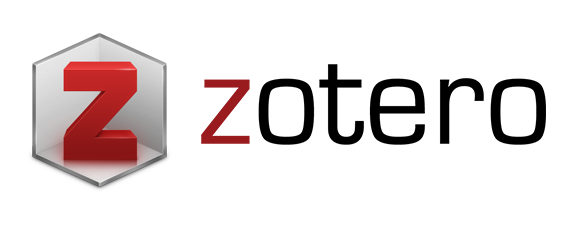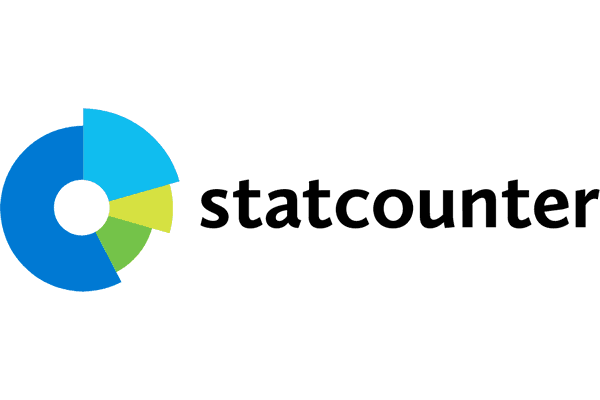INTERPRETASI HADIS FITNAH PEREMPUAN:
Penerapan Qira'ah Mubadalah Faqihuddin Abdul Kodir
DOI:
https://doi.org/10.32678/holistic.v8i1.5539Keywords:
Interpretation, Hadith, Female Slander, Qira’ah MubadalahAbstract
Abstract:
The dichotomous issue between women and men is something that cannot be taken lightly because the resulting social impacts are often detrimental to one party and benefit the other. It is common for women to appear as aggrieved parties. Moreover, the dichotomous paradigm was born from the textual meaning of the Hadith text, which only appears in the text. Therefore, this study tries to interpret the Hadith which implicitly mentions women as the biggest slander for men. This research is library research with a descriptive qualitative method. The interpretation of Hadith using the Mub method is to produce that the meaning in the Hadith is not in the slander inherent in women but to be self-reliant and be wary of each other because the potential for slander is also attached to men.
Abstrak:
Persoalan dikotomis antara perempuan dan laki-laki merupakan hal yang tidak bisa dianggap enteng, karena dampak sosial yang dihasilkan sering kali menganggap perempuan rendah bahkan sebagai sumber keburukan yang menyebabkan kearah kemafsadatan. Lebih-lebih paradigma dikotomis tersebut lahir dari pemaknaan teks Hadis secara tekstual, yang tampak hanya pada teksnya saja. Oleh karena itu penelitian ini mencoba menginterpretasikan Hadis yang secara implisit menyebut perempuan sebagai fitnah terbesar bagi laki-laki. Dalam studi ini penulis menggunakan metode kualitatif deskriptif untuk mejabarkan hasil intepretasi Hadis tentang fitnah perempuan. Interpretasi Hadis menggunakan metode Mubadalah menghasilkan bahwa makna dalam Hadis tersebut bukan pada fitnah yang melekat pada perempuan, akan tetapi untuk saling menjadi diri dan saling waspada, karena potensi fitnah juga melekat pada laki-laki.
Downloads
References
Abi Husain Muslim bin Hajjaj Al- Qusairi Al- Naisaburi. Sahih Muslim. Vol. 4. Beirut: Dar al- Kitab al- ’Alamiyyah, 1412.
Abu Ashim Nabil bin Hisyam Al- Ghamri. Fathul Manan Syarh Al- Darimi Bi Musnad Al- Jami’. Edited by Dar al- Basyair al- Islamiyah. 2nd ed. Makkah, 1999.
Ahmad al-Hamlawi. Shadh Al-‘Urf Fi Fanni Al-Sarf. Beirut: Maktabah Al-‘Asriyyah, 2009.
Al-Bukhari, Muhammad bin Ismail. Sahih Al-Bukhari. Kairo: Jami’uuah al-Maknaz al-Islami, 2000.
al-Quayairi, Muslim bin al-Hajjaj. Sahih Muslim. Edited by Jami’yyah al Maknaz Al-Islami. Kairo, 2000.
Al-Qurthubi, Muhammad bin Ahmad. Al-Jami’ Li Akhkam Al-Qur’an. Beirut: Dar al-Kutub al-’Imiyyah, 1993.
Amina Wadud. Inside the Gender Jihad: Women’s Reform in Islam. England: Oneworld Publication, 2006.
———. Islam Beyond Patriarchy Trhough Gender Inclusive Qur’anic Analysis. Cirebon: Fahmina Institute, 2006.
Faqihuddin Abdul Kodir. Perempuan (Bukan) Sumber Fitnah! Mengkaji Ulang Hadis Dengan Metode Mubadalah. Bandung: Afkaruna.id, 2021.
———. Qira’ah Mubadalah; Tafsir Progesif Untuk Keadilan Gender Dalam Islam. Yogyakarta: IRCiSoD, 2019.
Haitomi, Faisal, and Maula Sari. “Analisa Mubadalah Hadis ‘Fitnah Perempuan’ Dan Implikasinya Terhadap Relasi Gender.” Substantia: Jurnal Ilmu-Ilmu Ushuluddin 23, no. 1 (2021): 78–89. https://doi.org/10.22373/substantia.v23i1.8661.
Lukman Budi Santoso. “Eksistensi Peran Perempuan Sebagai Kepala Keluarga: Telaah Terhadap Counter Legal Draf-Kompilasi Hukum Islam Dan Qira’ah Mubadalah”, Dalam Marwah.” Jurnal Perempuan: Agama Dan Gender 18, no. 2 (2019): 113.
Mahmud Yunus. Kamus Arab Indonesia. Jakarta: Mahmud Yunus Wa Dzurriyyah, 2010.
Najwah, Nurun, and Faisal Haitomi. “Pembacaan Mubadalah Terhadap Hadist Perempuan Sebagai Aurat Dan Implikasinya Terhadap Relasi Gender.” Islamika Inside: Jurnal Keislaman Dan Humaniora 6, no. 6 (2020): 112–39.
Nur Rofiah. Nalar Kritis Muslimah: Refleksi Atas Keperempuanan, Kemanusiaan, Dan Keislaman. Bandung: Afkaruna.id, 2020.
Rohi Baalbaki. Al-Mawrid: A Modern Arabic-English Dictionary. Beirut: Dar El-Ilm Limalayin, 2011.
Downloads
Published
Issue
Section
License
Copyright (c) 2022 Yuli Imawan

This work is licensed under a Creative Commons Attribution 4.0 International License.
Authors who publish with this journal agree to the following terms:
-
Authors retain copyright and grant the journal right of first publication with the work simultaneously licensed under a Creative Commons Attribution License that allows others to share the work with an acknowledgement of the work's authorship and initial publication in this journal.
-
Authors are able to enter into separate, additional contractual arrangements for the non-exclusive distribution of the journal's published version of the work (e.g., post it to an institutional repository or publish it in a book), with an acknowledgement of its initial publication in this journal.
-
Authors are permitted and encouraged to post their work online (e.g., in institutional repositories or on their website) prior to and during the submission process, as it can lead to productive exchanges, as well as earlier and greater citation of published work (See The Effect of Open Access).


















